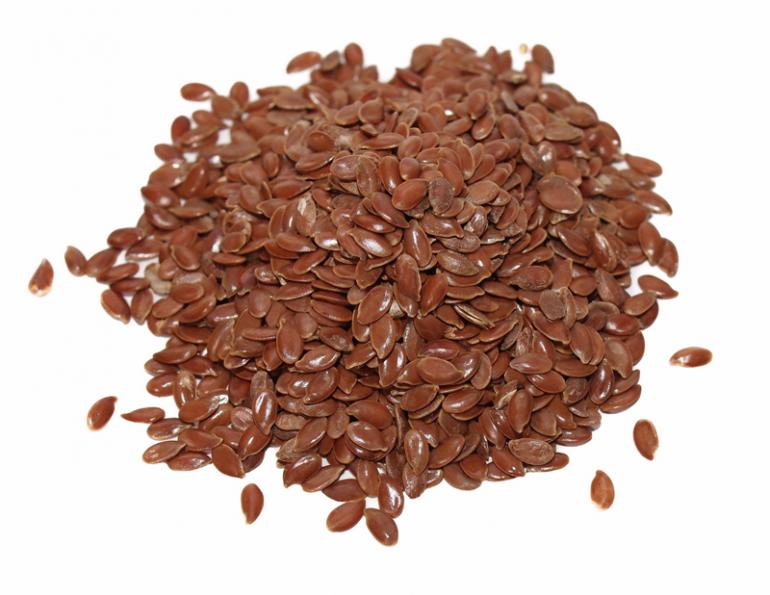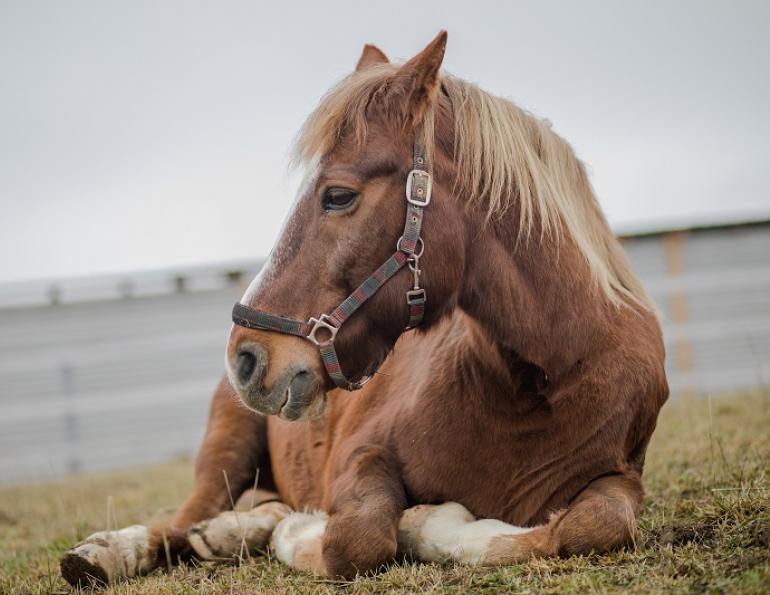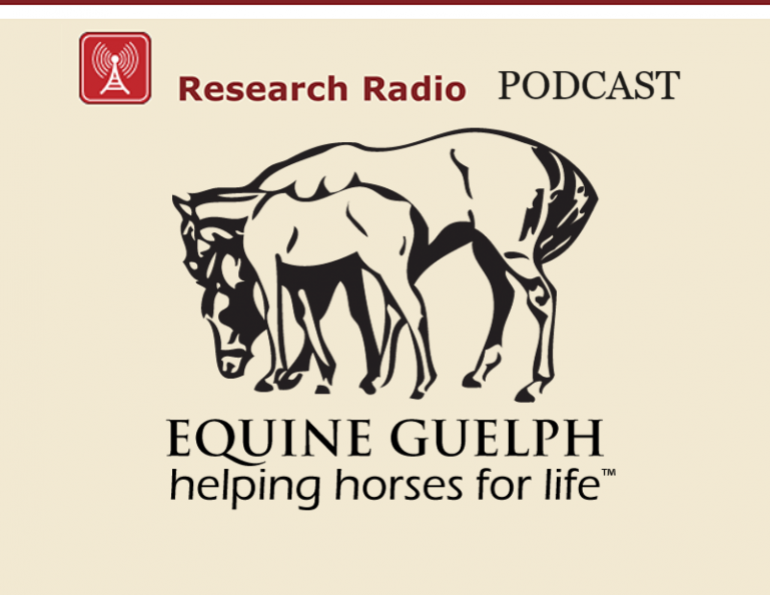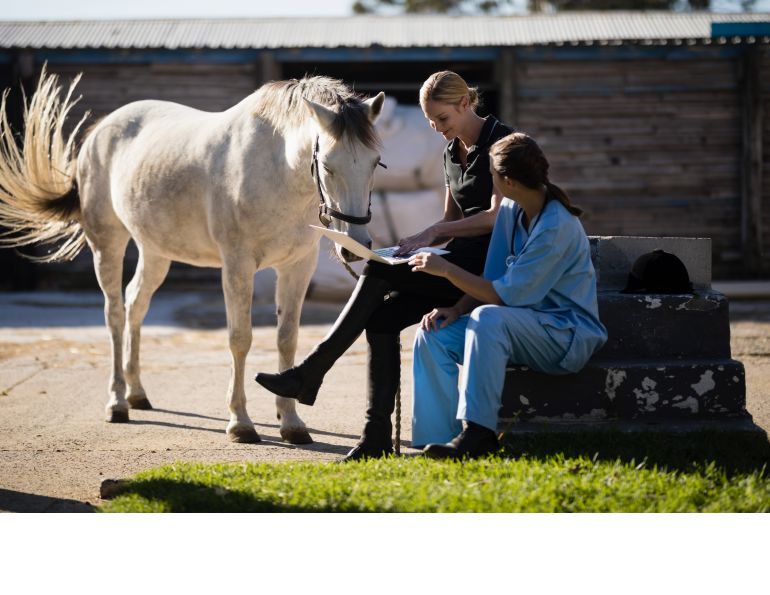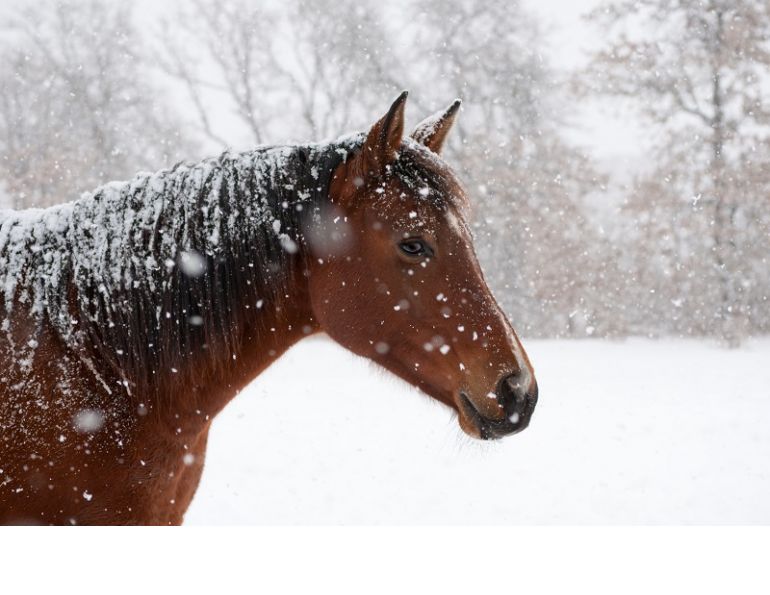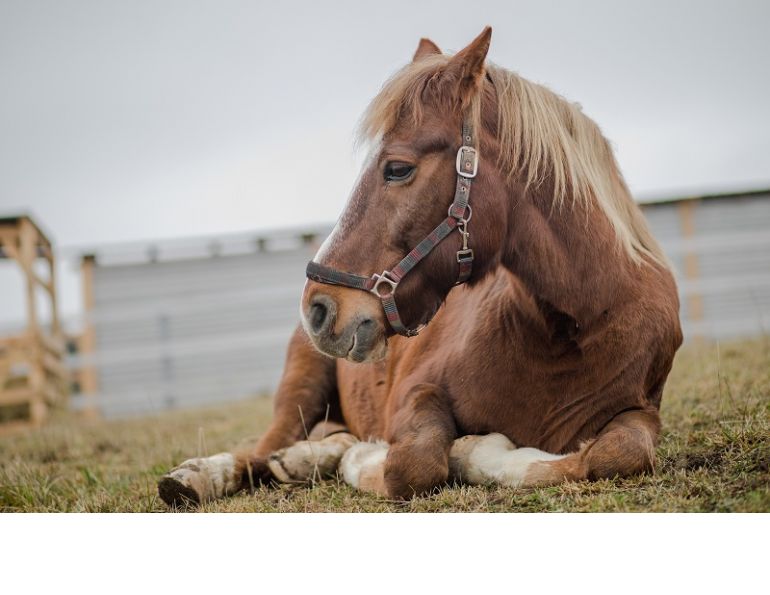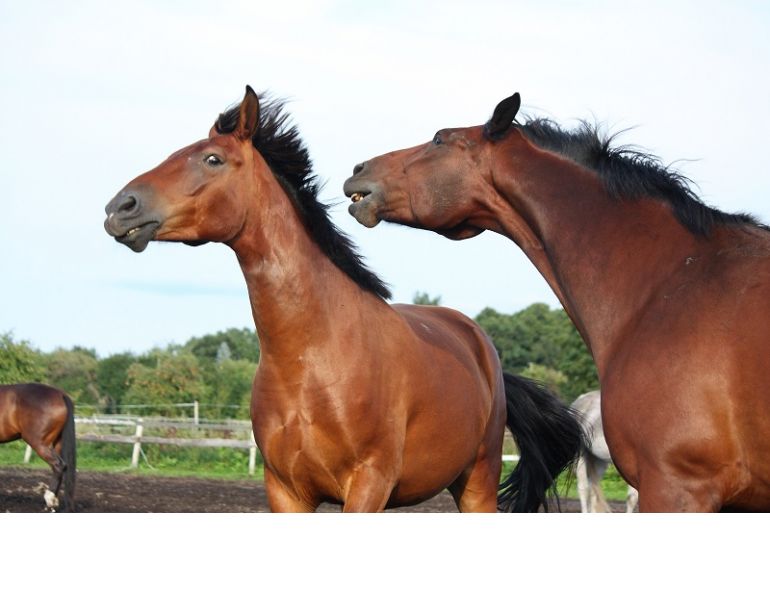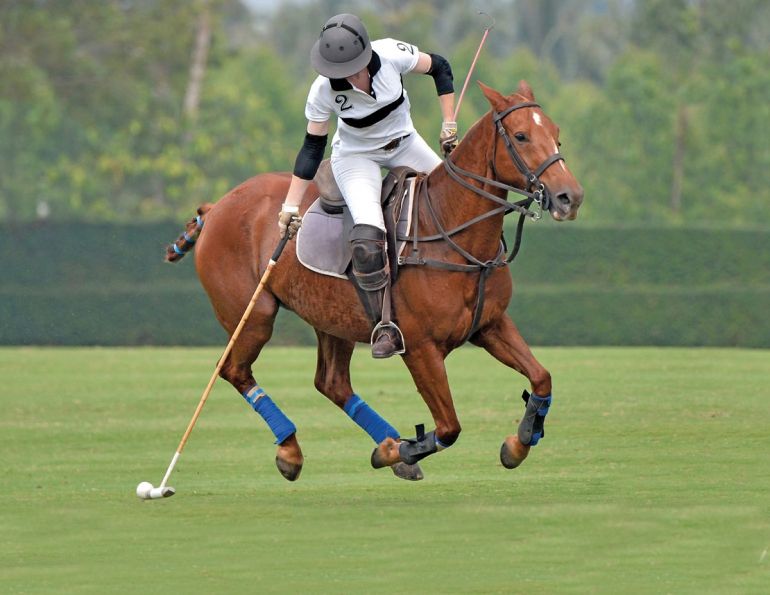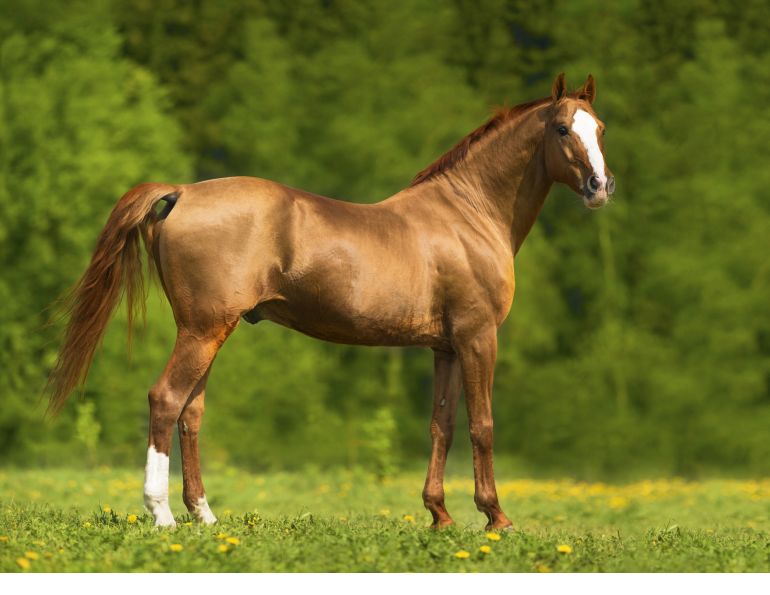By Dr. Nerida Richards
Flaxseed (also known as linseed) is a valued feed ingredient amongst horse people. How it should be used has long been the subject of considerable debate. Its safety for horses has always been under question and methods of preparation are many and varied.
What does flax add to a diet?
Flaxseed's best known attribute is its high Omega 3 essential fatty acid content. Flaxseeds are over 40% oil and more than 50% of this oil is the omega 3 fatty acid α‐linolenic acid. A horse's natural grazing diet is high in omega 3 fatty acids. However as we add grains like corn and barley to a horses diet their diet can become skewed towards having high levels of omega 6 fatty acids. Flaxseed provides a 'natural' way to keep the levels of omega 3 in a horse's diet balanced without using expensive omega 3 fatty acid supplements. Adding 100 grams of flaxseed to your horse's diet will add over 20 ml of omega 3 fatty acids.
While omega 3 fatty acids are generally the primary reason flaxseeds are fed to a horse, flaxseeds are a decent source of protein with around 24% protein and 0.9% lysine and also contain around 25% fibre.
When can flaxseed be used?
Flaxseed is useful for horses on a high grain (and therefore high omega 6 fatty acid) diet or when they are eating hay that has been in storage for some time or grazing low quality pasture. Flaxseed may also be used when horses have a dry coat and skin, if they have problems with inflammation including arthritis and sweet itch, or when high omega 6 oils like corn oil or sunflower oil are being fed as an energy source in the diet. Flaxseed itself can be used as a source of energy in the diet and because of its high fat attribute is often found in supplements intended to promote weight gain in horses.
How should flaxseed be prepared for feeding?
Because flaxseed is such a small seed it is best to grind flaxseeds immediately prior to feeding to break the seed coat, otherwise the seeds will pass undigested all the way through the gastrointestinal tract. It is important to grind the seeds fresh just prior to feeding as the oils in flaxseed are prone to rancidity and will go off very quickly if ground and left exposed to air. A small coffee grinder is commonly used for the purpose of grinding fresh flax straight into a horses feed (very gourmet!). It is possible to purchase pre‐ground and stabilised flaxseeds if grinding your own is not an option.
Does flaxseed have to be boiled before feeding?
Tradition says that flaxseed must be boiled before feeding it to a horse because of the risk of Prussic Acid (or hydrogen cyanide) poisoning. Anyone who has boiled flaxseed knows how messy it gets and for most the effort and mess are too much to continue persisting. Well good news ... flaxseed it seems can be fed safely without being boiled.
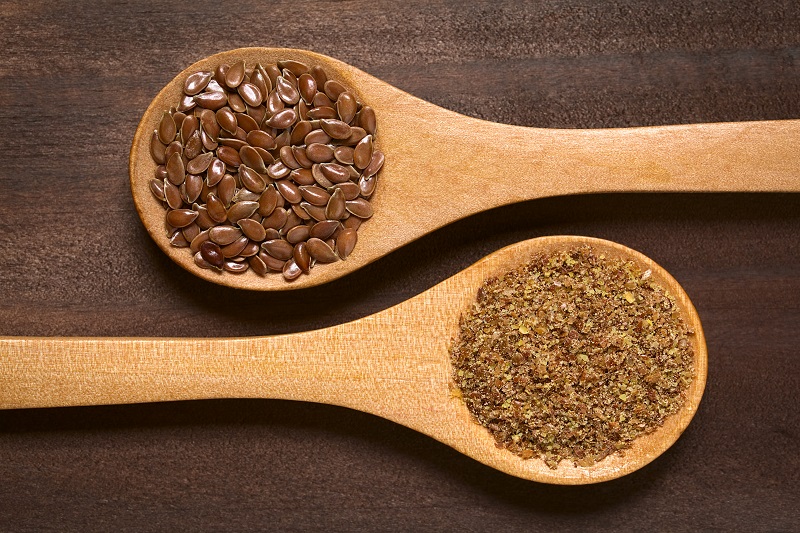
It is best to grind flaxseeds immediately prior to feeding to break the seed coat, otherwise the seeds will pass undigested all the way through the gastrointestinal tract. It is important to grind the seeds fresh just before feeding as the oils in flaxseed are prone to rancidity if ground and left exposed to air. Photo: Canstock/Lidi
Flaxseed contains compounds called cyanogenic glycosides. When the flaxseeds are chewed up by a horse these cyanogenic glycosides come into contact with an enzyme (β‐glycosidase) which converts it to hydrogen cyanide, which can then lead to cyanide poisoning. HOWEVER, the β‐glycosidase enzyme is destroyed by the acidic environment of the horse's gastric stomach, meaning the cyanide is never produced in quantities large enough to cause any problems. This means you can feed flaxseed without cooking it first.
A study published in the Canadian Journal of Veterinary Research in 2002 looking at the ability of flaxseed to reduce the inflammation associated with culicoides hypersensitivity (sweet itch or Queensland itch) reported that they fed 1 lb of flaxseed per 1000 lb of bodyweight to horses (or 0.5 kg per 500 kg bodyweight) over a period of 42 days with no negative side‐effects being observed. With this dose rate being much higher than the normal 1 to 2 cups fed per day it can be concluded that flaxseed is safe to feed to horses without cooking it first.
What about soaking it?
It is possible that soaking flaxseed may actually make it dangerous as soaking the seeds would, to some extent, allow the β‐glycosidase enzyme to come into contact with the cyanogenic glycosides and allow for the production of hydrogen cyanide. So it is recommended you do not soak flaxseed before feeding.
Can flaxseed meal be fed?
Flaxseed meal is the high protein (32%) meal left over after the flaxseed oil has been extracted from the seed. Flaxseed meal can be fed to horses, however because the meal has had most of the oil extracted its primary use in a horse's diet is as a protein supplement. The risk of cyanide poisoining from flaxseed meal is a little unclear. Because the seed is crushed during the oil extraction process it is possible for the β‐ glycosidase enzyme to come into contact with the cyanogenic glycosides, so it is likely hydrogen cyanide will be present. If you wish to feed flaxseed meal, look for meal produced using heat extraction technology as opposed to meal made from seeds that were cold pressed. There are however far better sources of quality protein available including lupins, full fat soybean, soybean meal and canola meal, without the possible risk associated with flaxseed meal.
Other possible side effects
Flaxseed contains phytoestrogens. Phytoestrogens are naturally occurring plant compounds that are structurally similar to estrogen. Studies in rats (Collins et al 2003) have found that feeding high levels of flaxseed to rats increased the number of female rats with irregular estrous cycles, suggesting flax could have a negative impact on the fertility of breeding animals. If you are breeding your mares and having any type of fertility problems it would be wise to avoid flaxseed in their diets.
Summary
Flaxseed is a useful feed ingredient for horses. It can be used to increase a horse's omega 3 essential fatty acid intake where dietary omega 3 levels are low or when higher intakes of omega 3 for a particular horse seem beneficial. Despite popular opinion that flaxseed must be cooked prior to feeding to avoid hydrogen cyanide poisoning, studies have shown that up to 1 lb/1000 lb bodyweight (or 0.5 kg/500 kg BW) can be safely fed without cooking. Flaxseed should not be soaked prior to feeding and they should be avoided in the diets of breeding mares with a history of reproduction problems.
Article reprinted with permission from FeedXL
Dr. Nerida Richards, PhD, is the Managing Director and Principal Consultant at Equilize Horse Nutrition Pty Ltd, a company that provides independent, professional advice in all areas of equine nutrition. She is also the resident equine nutrition specialist for FeedXL. For more information, please visit www.FeedXL.com.
Main article photo: Canstock/Dusan964



